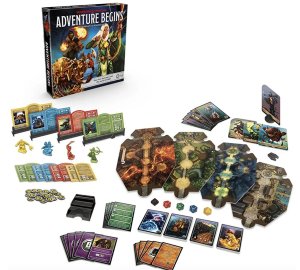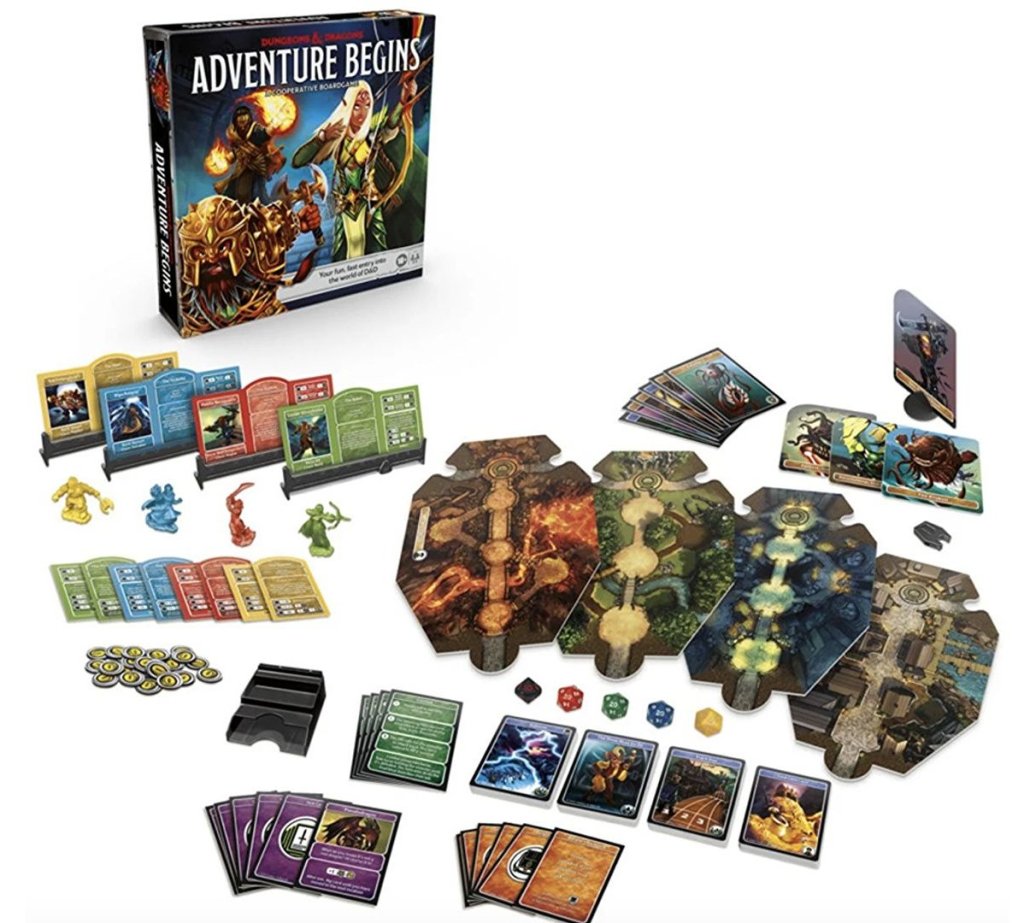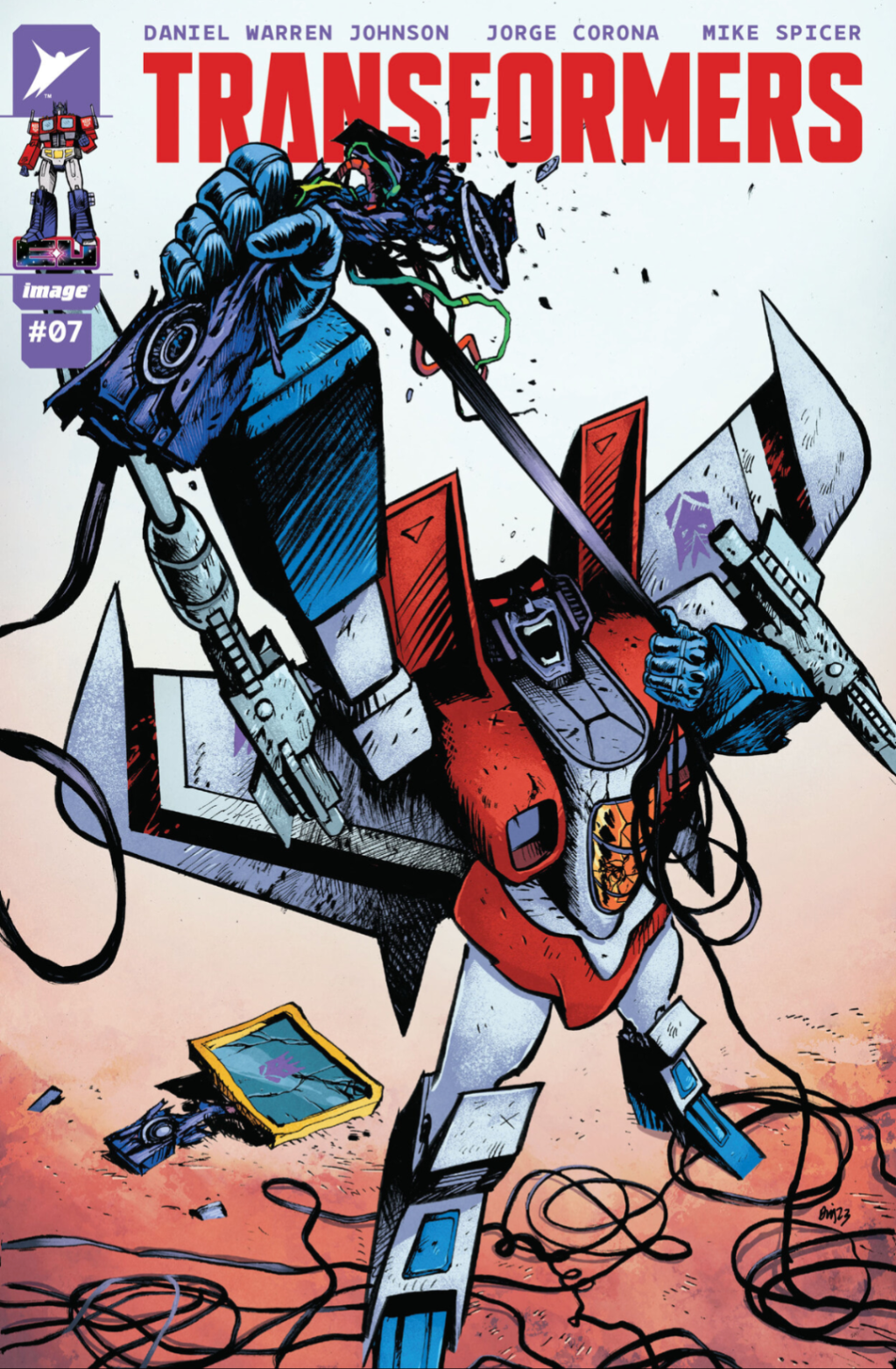
The 5th Edition of perennially popular TTRPG Dungeons & Dragons has brought it to new levels of popularity, with more accessible rulesets that cater for an awful lot of diversity and inclusion.
Though it’s never been easier to dive into the fantasy world, thanks to products such as the Starter Set and Essentials Kit – which aim to guide players through the basics of roleplaying, character sheets and Dungeon Mastering – it can still be extremely overwhelming for absolute newcomers to learn.
The three Core Rulebooks – the Player’s Handbook, Dungeon Master’s Guide and Monster Manual – are arguably all essential for players looking to get into Dungeons & Dragons, making the cost of starting out pretty steep as well as intimidating – it’s hard to know where to start or how much to absorb before you can really get going.
Though the aforementioned box sets designed for beginners do mitigate this a bit, even the character sheets and rules in those boxes can seem like an awful lot to take in.
Which is where Dungeons & Dragons: The Adventure Begins comes in. Designed as a kid and noob friendly introduction to roleplaying and some of the basic concepts of D&D with much of the complexity and detail stripped out, it’s a decent enough starting point for people still put off by the complexity of the main game even with those more accessible entry points available.
In The Adventure Begins, 2-4 players will travel across four different areas – each represented by a different board – on a quest to defeat one of four bosses, with events, monsters and even the minions of the boss to deal with along the way.
Each board has its own encounter deck, which will give players something to deal with on each turn – and with a small number of spaces to pass through on each board and a reasonably sized deck for each board, every game played should be sufficiently varied so as not to feel repetitive upon repeat play.
Players choose a character from a selection of four – each with its own colour miniature and a choice of gender, as well as some variation in abilities that are locked in at the start.
The plastic character display stands, with health sliders and clever way of showing all chosen character traits, are fantastic and nicely functional.
There’s a reasonable amount of customisation for each character but, disappointingly, weapons and abilities differ only in name between characters – rolls for success and damage dealt are the same for each character (though a few monsters offer penalties for physical or magical attacks, giving some players an advantage or disadvantage in combat at times).
The Dungeon Master role passes to the left after each turn, so everyone gets a try at this.
The Dungeon Master is the player who draws the encounter card and reads it aloud; they also roll for the monster if that’s what the encounter is – or make a light decision about what player came up with the best plan to deal with an event in certain cases.
Combat is just a case of players choosing an attack and rolling above a certain number to succeed on a 20-sided die (or d20).
If successful, a fixed amount of damage is dealt to the monster and if the monster is still alive (and not dazed, which is an effect some of the riskier attacks have), the Dungeon Master rolls a ten-sided die (d10) for their retaliatory attack – each monster has a different range of attacks and effects, handily listed on their card.
Defeating a monster gives players a reward – a coin, health or item card perhaps. Players are also encouraged to describe how they strike the killing blow.
Coins can be used to access a shop outside of combat, with players able to buy items from a selection of them (the deck of items is fairly small, but you won’t see many on a single playthrough).
They can also be used to level up for the cost of five coins, which makes players able to deal a decent amount of extra damage – this is almost essential to deal with the final boss.
At the end of each board, you’ll deal with the boss character’s specific event – it could be a big event or a mini-boss; once defeated, you can move onto the next board. The boss awaits you at the end of the fourth board – and with 20 health, they tend to be quite resilient and put up a bit of a fight.
It’s rare to lose, however. By the time you reach the final boss, most characters – unless they’ve been particularly unlucky across the course of their quest – will have levelled up, and the boss doesn’t scale in difficulty with an increased number of players, so he goes down fairly easily in a game with four players, for example.
However, in The Adventure Begins, it’s about the journey as well as the destination – and the feeling of telling a new story with different events, monster encounters and outcomes each time you play is pretty well handled.
The boards don’t allow for much in the way of diversion from the main path (players can choose to leave the central route and encounter a monster at certain points, but this often feels like a risk not worth taking).
The production values are great, particularly for a game that comes in at such a reasonable price – it’s frequently at the sub-£20 mark online – and it offers a decent amount of replayability, though the similarity between characters and lack of items and options to spend coins on (and the lack of opportunities to earn them) become apparent pretty quickly.
It’s nothing that a small expansion wouldn’t fix, but with this intended as the gateway to full scale D&D, if you’re looking to expand your experience the next logical step is supposed to be the aforementioned Starter Set or Essentials Kit.
Still, as a standalone board game it’s a lot more fun than it seems it would be at first. It’s a great game for younger players too, giving them a little bit of power every few turns as the Dungeon Master but still allowing them to take part as a player at the same time.
Progression across each board to the mini-bosses and then the final boss feels suitably like the escalation in video game stages, which again helps to bring in video game players who may be unfamiliar with less mainstream tabletop gaming.
The game as a whole is nicely produced and well thought out, but it could do with a bit more differentiation between characters and variation in the boards but, that aside, Dungeons & Dragons: The Adventure Begins is a decent game for players not ready to take the leap into full on tabletop roleplaying.
You can buy Dungeons & Dragons: The Adventure Begins from Amazon here.
Enjoyed what you’ve read? Want to support my blog? There’s no pressure of course, but every penny helps to keep this site running, as I earn no income from my writing here (though I may earn small fees from affiliate links posted on my pages).
However, I’d be truly grateful for any support that you could offer – and it’s easy to do so at either of these links: Ko-Fi.com/geekmid or PayPal.
Any donations are truly appreciated – and I also appreciate you taking the time to read my articles. Thank you so much!

Help support me here!
All donations are gratefully received and will help me keep the lights on here – as well as help to keep my writing dream alive! Please be aware though: there’s no pressure. I just hope you’ve enjoyed reading my article!
£1.00






Leave a comment